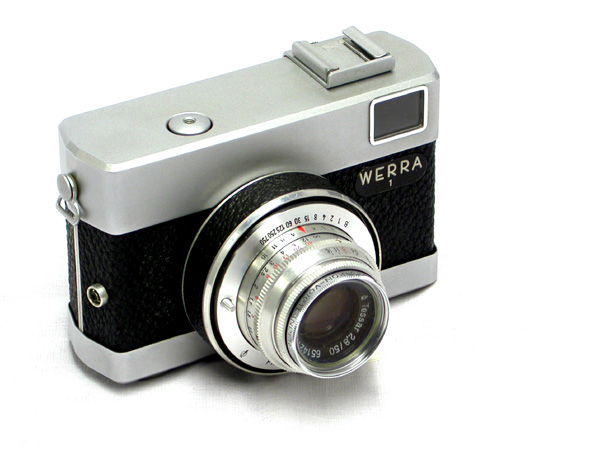Originally posted by Stillhomewardbound
View Post
 And loads of them to be had on ebay now if one's interested ...
And loads of them to be had on ebay now if one's interested ...





Comment